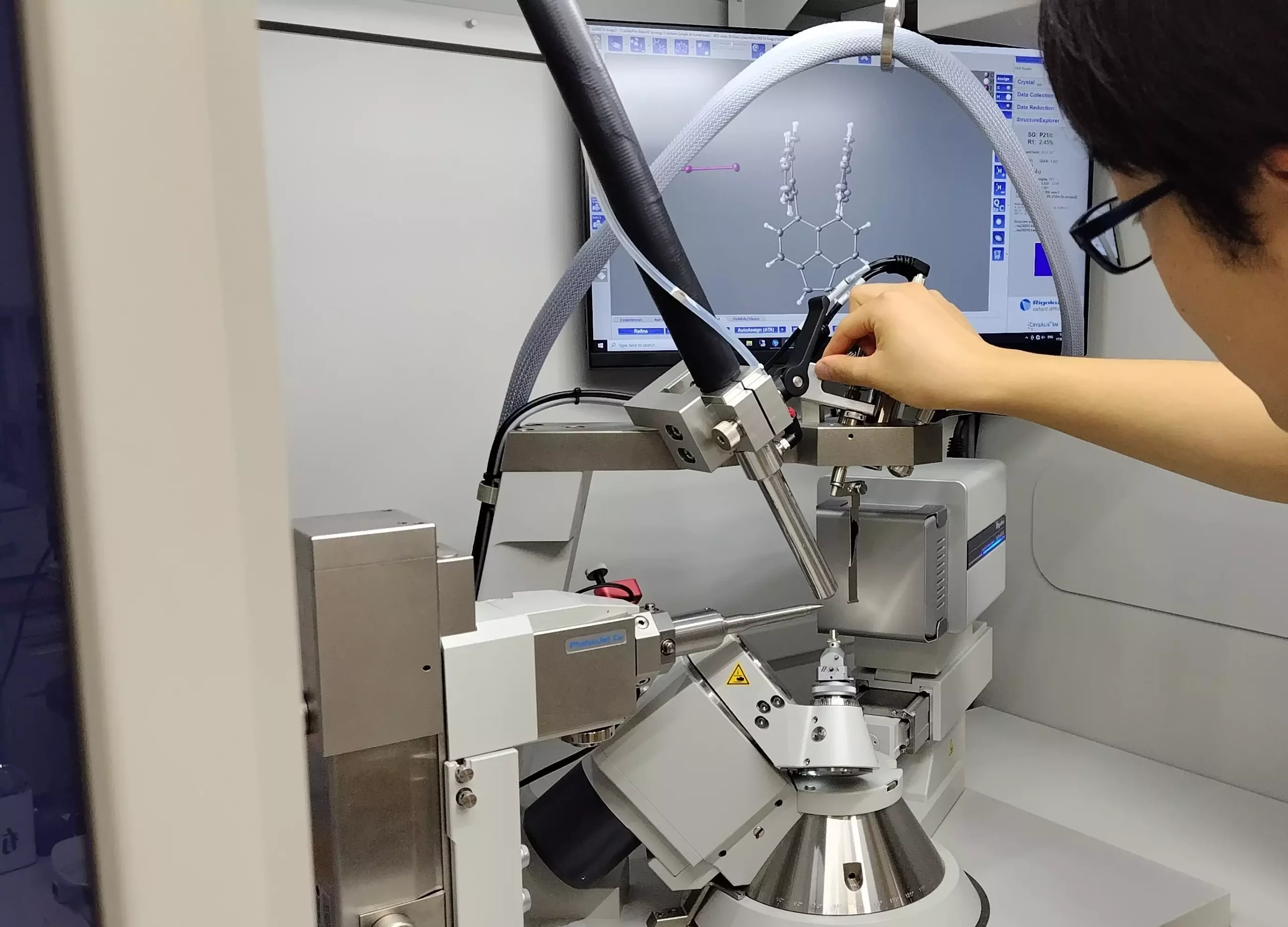Covalent bonds are foundational to the structure and behavior of organic compounds, where atoms share electron pairs to achieve stability. While traditional covalent bonds, formed from paired electrons, are well understood, the concept of single-electron bonds has tantalized scientists for decades. Proposed by Nobel Prize-winning chemist Linus Pauling in 1931, the theory suggested that bonds could be created from unruly, unpaired electrons. Despite extensive research, the elusive quest for a single-electron bond within carbon and hydrogen molecules has led to dead ends—until recently.
The Groundbreaking Discovery
Researchers from Hokkaido University have made significant strides in this domain by successfully isolating a compound that showcases a single electron shared between two carbon atoms. This discovery, which stands out due to its remarkable stability, was documented in the prestigious journal Nature. The co-author of the study, Professor Yusuke Ishigaki, emphasizes the importance of understanding these bonds to deepen our knowledge of chemical bonding theories and their implications in various chemical reactions.
The compound, derived from hexaphenylethane, was subjected to an oxidation reaction with iodine. This experimental procedure yielded dark violet crystals, noted for their distinct structural properties. Analysis of these crystals using X-ray diffraction revealed that the carbon atoms were unusually close, an indication of the presence of a single-electron bond. This intriguing finding was further verified through Raman spectroscopy, a sophisticated technique employed to observe vibrational, rotational, and other low-frequency modes in a system.
The implications of this discovery extend far beyond academic curiosity; they hold the potential to revolutionize our understanding of carbon chemistry. Takuya Shimajiri, the lead author of the paper now associated with the University of Tokyo, posits that their findings represent the first experimental evidence of a carbon-carbon single-electron covalent bond. This conclusion could lead to a new avenue of exploration in the chemistry of these rare and poorly understood types of bonds.
In the grander context of chemical reactions, the stability of single-electron bonds may offer insights into catalysis and molecular synthesis. Understanding these interactions could pave the way for novel materials and compounds, influencing sectors ranging from pharmaceuticals to materials science. The promise of these single-electron bonds could encourage further research into their properties, guiding scientists towards new theories and applications in organic chemistry.
The journey to uncover the mysteries of single-electron covalent bonds is far from over. Though this recent study marks a significant milestone, it serves as a springboard for future investigations into these unconventional bonds. As researchers continue to unravel the complexities of carbon chemistry, there is no telling how this discovery may reshape our conceptual frameworks, leading to further innovations in the realm of chemistry and beyond.

